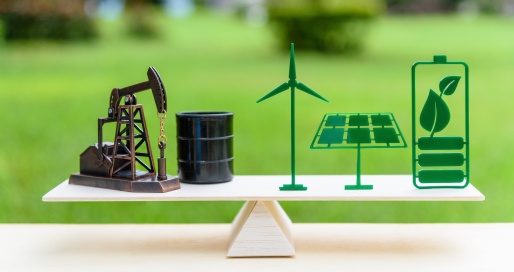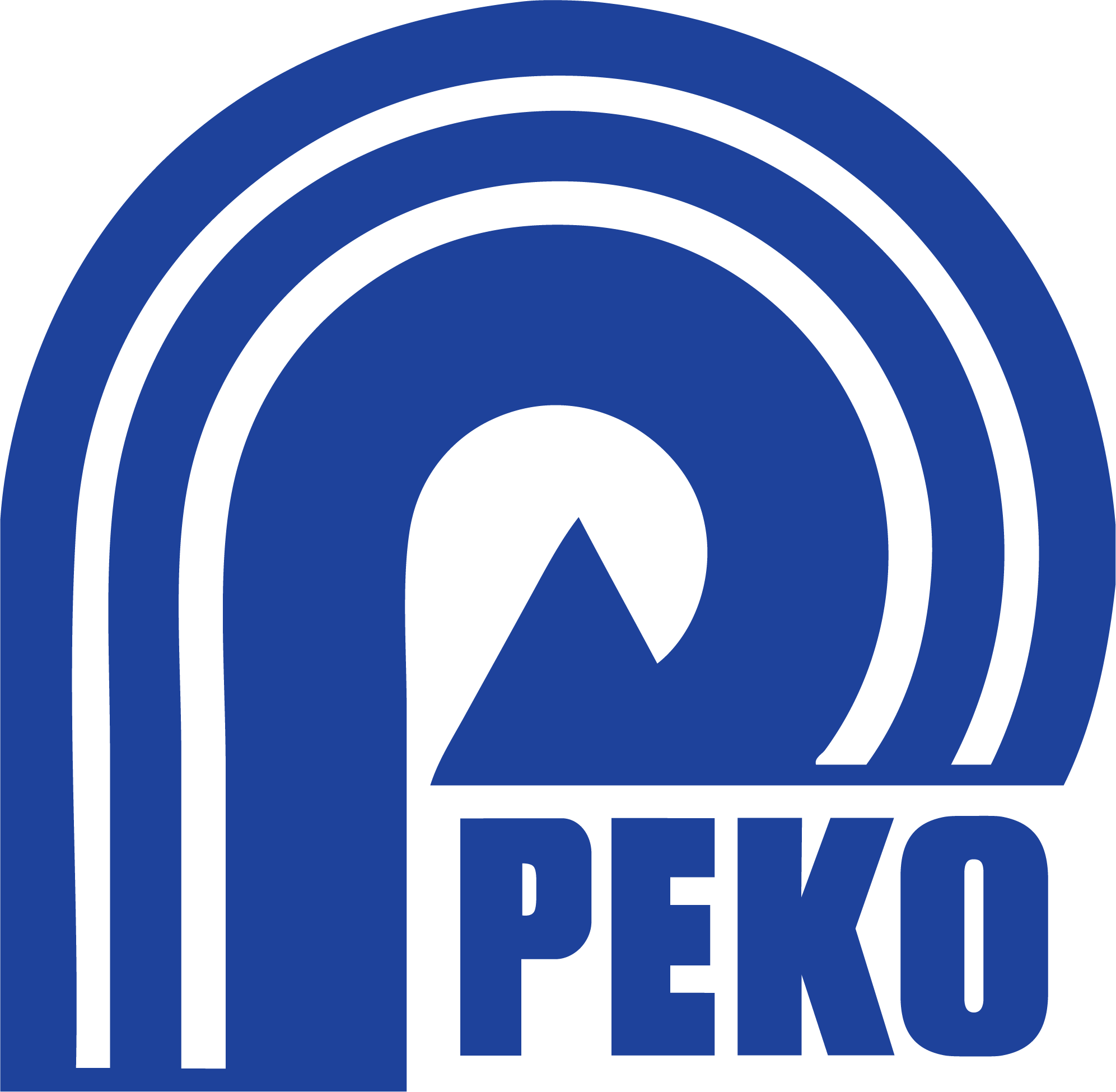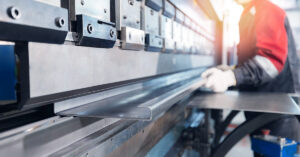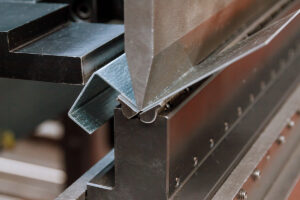Bringing new ideas to life is a process. To take your product from concept to completion, there’s a multi-step new product development approach to follow behind the scenes that will keep your project on track.

Below, we summarize the process in action and new product development process examples to illustrate every step of the way.
Step 1: Assemble Your Team
If you’re partnering with a contract manufacturer, make sure they provide you access to the right people with clear roles, such as individuals with mechanical and electrical engineering and design capabilities.
For example, someone recently chose PEKO to develop and manufacture the enclosures for fuel cell systems for a global diversified equipment manufacturer. The enclosure design required special attention to detail, as it needed to meet strict environmental requirements. PEKO’s in-house engineers set their focus on meeting the precise and challenging strength and dimensional specifications and could optimize strength versus cost and weight.

Engineers and designers discussing project in office and planning new product introduction.
You’ll also want a dedicated project manager. This professional should not only be proficient in planning and design tools like Microsoft Project Scheduling, Syteline MRP, and others, but also ensure visibility and accountability at all levels to make sure your project meets your expectations and deadlines.
Step 2: Determine Feasibility
The goal of the feasibility stage is to evaluate the design and prove that a concept has merit and is functional. According to an article in Plastics Today, typical design evolutions progress to a stage in the project where initial concepts are edited down to one design direction based on many factors. It sometimes bases the chosen design direction on one concept or, more frequently, a hybrid design based on a combination of features from original concepts. This refinement of the initial concept may include:
- The technology and science will be verified and optimized
- Critical parameters will be defined with variables
- Initial testing will be engaged to establish specifications and requirements
It is important to have dedication and focus through this feasibility phase since it can reduce design iterations and minimize “surprises” in future stages.

Team of engineers planning project for new renewable energy equipment
Step 3: Build a Working Prototype
After the concept has and specifications are being generated, it’s time to turn the concept into reality. This often amounts to the “moment of truth” and will determine “how close” the concept is. This prototyping stage can often require iterative loops of execution before it reaches success. PEKO reduces the number of these by thoroughly vetting the technology and focusing on functionality in these early stages of the development cycle. Functionality is key to a successful mechanical product’s development.
Step 4: Manufacture Pilot Builds
It addresses lessons learned from the prototype development phase before the pilot build. Updates to improve performance and functionality, and account for DFM and DFA into the design. Test engineering, QA and codes and regulatory staff will get involved in the project to check quality and validate aspects of the project. These builds function as a final dress rehearsal, before production-level release and are typically the last chance to make any final design alterations.
Step 5: Move to Production
This is the point that everyone has been waiting for: the first production build. At this stage the design is “frozen,” the drawings have been formally released and configuration control is implemented. Quality systems are in place to ensure each completed unit consistently meets customer and industry. Volumes have typically increased, and the final testing and regulatory requirements are approved.

By partnering with a contract manufacturer who follows this five-step process, alternative energy equipment and machinery companies can realize significant advantages when it comes to launching new products, including:
- Speed to Market: A seamless process ensures you meet tight timeframes. For example, PEKO, an emerging global provider of silicon equipment for the solar market had an extremely aggressive timetable to populate their production plants with equipment. Our team of engineers was assigned and began to determine the design gaps and manufacturing improvements required to meet this aggressive goal. The solar production equipment was successfully built and delivered to the customer within budget and at the promised date.
- Lower Costs: Fewer unnecessary redesigns can result in the saving of valuable resources, labor and costs.
- Better Quality: With an assigned project manager working with you at each stage and integrated activities intended to review, qualify and validate aspects of the project, you’ll end up with consistent, high-quality production that meets or exceeds your standards.
- Scalability: With an efficient production process, you’ll be better able to rapidly respond and adjust production up based on customer demand fluctuations.
PEKO’s ability to leverage its engineering and manufacturing for new products has proven valuable for many customers in the alternative energy arena,” stated Project Manager, Mark Frosino.
If you’re looking for a contract manufacturer for your next alternative energy product, download our checklist for help finding the right partner, or contact us today to learn more about how we can help you.








